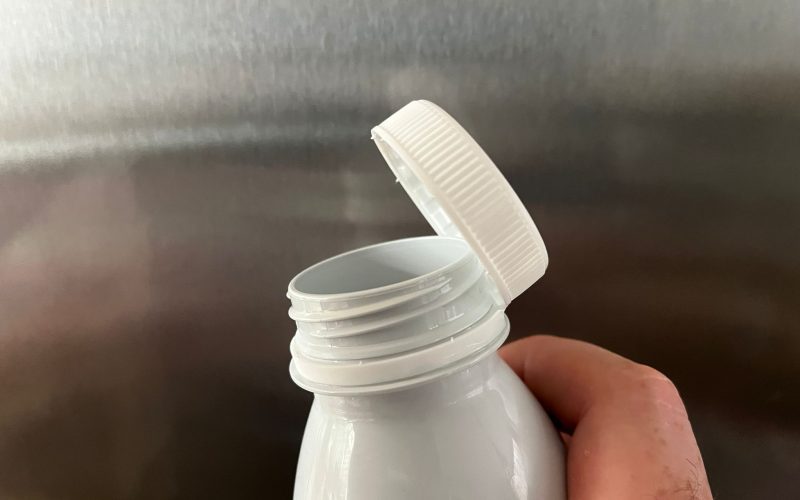
Many consumers have expressed frustration with the new design of plastic bottle tops that are attached to the bottle. Common complaints include the difficulty in closing the bottles properly once opened, and the inconvenience of dealing with the attached caps during use.
The recent redesign of plastic bottle tops, now attached to the bottle itself, has been driven primarily by environmental regulations and the urgent need to mitigate plastic pollution. It is a result of the European Union’s Single-Use Plastics Directive, which came into effect in July 2021. The directive aims to reduce the amount of plastic waste by ensuring that bottle caps remain attached to bottles, preventing them from being discarded separately and contributing to litter in marine and terrestrial environments.
Why the Focus on Plastic Bottle Tops?
Researchers estimate that roughly 500 million kilograms of plastic debris, including bottle caps, enter the world’s oceans each year. These plastics are initially buoyant and tend to accumulate in large patches, such as the Great Pacific Garbage Patch, which alone contains about 100 million kilograms of floating plastic.
Bottle caps are particularly problematic because they are made from high-density polyethylene (HDPE) or polypropylene (PP), which makes them buoyant and prone to being washed into water bodies, contributing to marine debris. Plastic bottles, often made from polyethylene terephthalate (PET), have a higher density than water. When empty, bottles might float due to trapped air, but once filled or when their structural integrity is compromised, they tend to sink.
Bottle tops are also among the most frequently collected items during beach cleanups, indicating their large presence in ocean pollution. The new attached cap design helps mitigate this issue by ensuring caps stay with the bottle, making it easier to recycle both together and reducing litter.
The Problem of Greenwashing
While the attached bottle tops represent a positive step towards reducing plastic pollution, there are valid concerns about greenwashing by the corporations implementing these changes. Greenwashing occurs when companies promote minor environmental initiatives to appear environmentally responsible while continuing harmful practices at a larger scale.
Critics argue that the bottle top redesign is a form of greenwashing, shifting the responsibility of plastic pollution to consumers instead of addressing the root causes.
Martin Dorey, an environmental advocate with extensive experience in beach cleaning and plastic pollution, says that while the attached caps are a positive step, they do not address the core issue of plastic overproduction and disposal. He recounts how major polluters have avoided genuine accountability, such as monitoring their plastic reduction efforts or adopting comprehensive sustainability practices.
So please, stop moaning about bottle tops. You big fat entitled babies.
— Martin Dorey (@campervanliving) July 27, 2024
It is a positive step
But if you want something to moan about, call out the polluters for pulling the wool over your eyes and gaslighting you into believing they are the good guys. They are not.
A Step Towards Reducing Plastic Pollution
The initiative to connect bottle tops to bottles is a commendable step towards reducing plastic pollution, addressing a specific problem of littering and improving recycling processes. However, it is crucial to realize that this measure alone is insufficient.
Real progress requires holding corporations accountable for their overall plastic production and pushing for comprehensive, sustainable solutions beyond minor adjustments.
Besides choosing reusable bottles for instance (the most eco-friendly solution in the end), bottle deposit return schemes (DRS) could also play an important part. They incentivize consumers to return their bottles for recycling by offering a small refund. This approach increases recycling rates and reduces littering. Countries like Germany and Norway have successfully implemented DRS, achieving recycling rates of over 90% for beverage containers.
Like we said, it’s a step forward but surely not the best solution.
